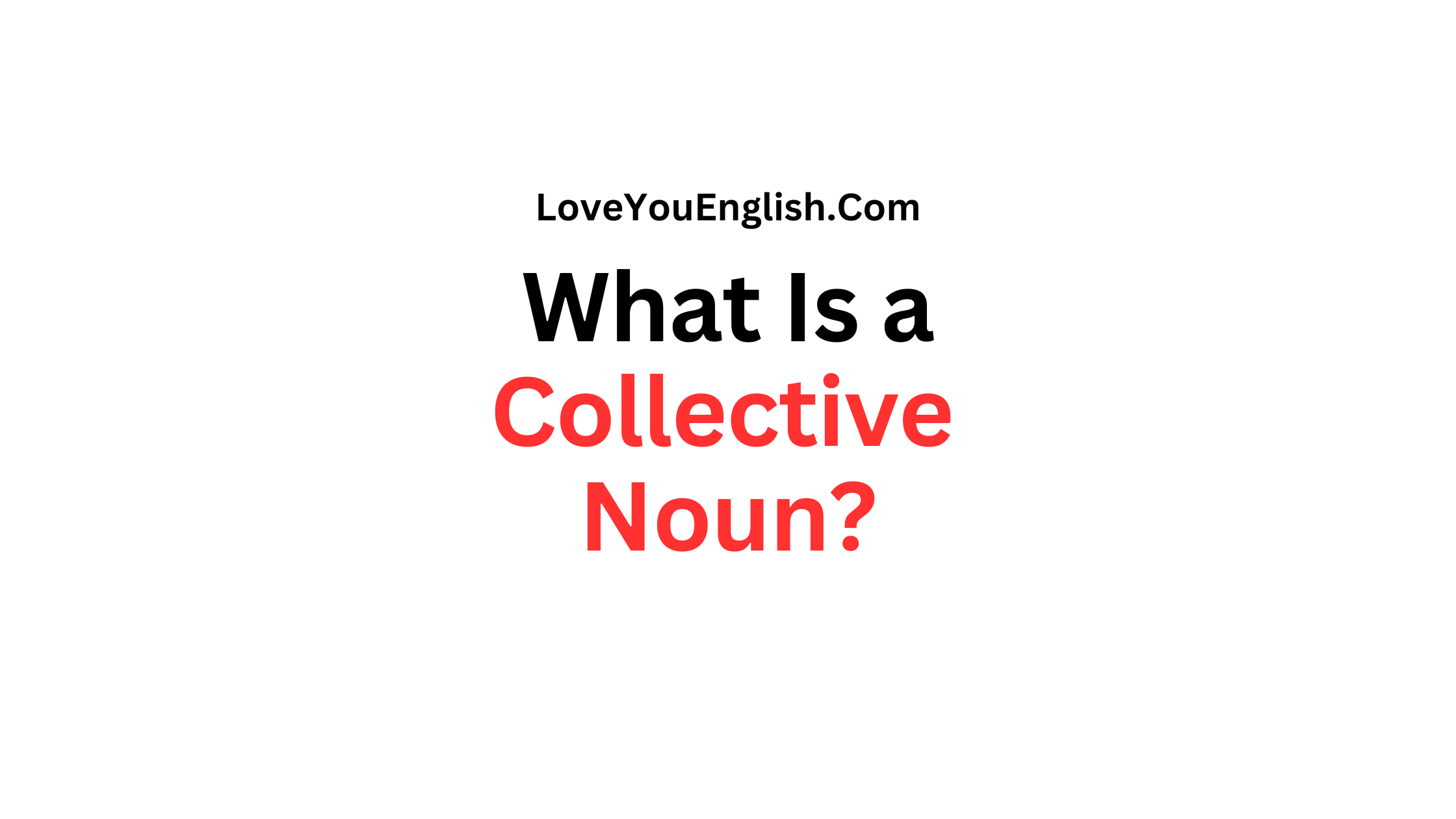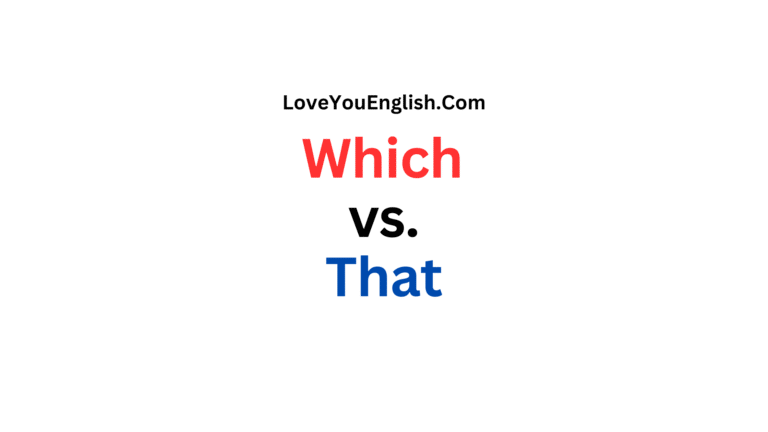What Is a Collective Noun? Examples & Definition
Sharing is caring!
One of these things is collective nouns, which are special words used to talk about groups of people, animals, or things.
They not only help with grammar but also show us a lot about the culture and history of English-speaking countries.
In this detailed look at collective nouns, we’ll learn about where they come from, how to use them, and the fun they bring to our language.
From common ones like “flock of birds” to funny ones like “parliament of owls,” we’ll see the reasons, jokes, and sometimes just plain silliness behind these group names.
What Are Collective Nouns?
Collective words are used to talk about a bunch of people, animals, or things together.
They help us talk about a bunch of stuff as if it’s just one thing.
Some collective words are simple and common, like “team” or “family,” while others are more unique and can be funny or poetic.
Common Collective Nouns in Everyday Use
While some collective nouns are esoteric or rarely used, many have become an integral part of everyday English.
Here are some common examples:
- A team of players
- A family of relatives
- A class of students
- A crew of sailors
- A fleet of ships
- A herd of cattle
- A flock of sheep
- A pack of wolves
- A swarm of bees
- A bunch of grapes
- A bouquet of flowers
- A set of tools
These terms are so ingrained in the language that we often use them without conscious thought.
They provide a quick and efficient way to refer to groups in various contexts.
Animal Collective Nouns: From the Practical to the Poetic
Some of the most colorful and imaginative collective nouns are those used to describe groups of animals.
These terms often reflect observed behaviors, physical characteristics, or cultural associations of the animals in question.
Here are some notable examples:
- A parliament of owls
- A tower of giraffes
- A bloat of hippopotamuses
- A conspiracy of lemurs
- A crash of rhinoceroses
- An ambush of tigers
- A kindle of kittens
- A shrewdness of apes
- A charm of finches
- A smack of jellyfish
- A leap of leopards
- A pandemonium of parrots
The origins of these terms vary. Some, like “a pride of lions,” have clear connections to the perceived characteristics of the animals (in this case, their majestic appearance).
Others, like “a murder of crows,” reflect superstitions or folklore associated with the creatures.
It’s worth noting that while these terms are recognized and often celebrated for their creativity, in scientific and wildlife management contexts, more neutral terms like “group” or “herd” are typically preferred.
Human Collective Nouns: Professions, Groups, and Gatherings
Collective nouns for groups of people often reflect professions, social roles, or the nature of their gathering.
Some are widely used, while others are more tongue-in-cheek.
Examples include:
- A board of directors
- A panel of experts
- A troupe of actors
- A band of musicians
- A gaggle of gossips
- A huddle of football players
- A congress of baboons (often used humorously for politicians)
- A rash of dermatologists
- A tedium of accountants
- A skulk of thieves
- A mob of kangaroos (or people)
- A host of angels
These terms often carry connotations about the group they describe.
For instance, “a gaggle of gossips” implies noisy, perhaps unproductive conversation, while “a panel of experts” suggests authority and knowledge.
Inanimate Object Collective Nouns: Bringing Life to the Lifeless
Even inanimate objects aren’t spared from the creative naming conventions of collective nouns.
These terms often personify the objects or draw parallels to their use or appearance:
- A forest of trees
- A galaxy of stars
- A bouquet of flowers
- A pad of paper
- A string of pearls
- A deck of cards
- A range of mountains
- A flight of stairs
- A chain of islands
- A suite of furniture
- A grove of oranges
- A stack of hay
These collective nouns help us visualize groups of objects and often provide a more evocative description than simply using “group” or “collection.”
The Art and Creativity of Inventing New Collective Nouns
The tradition of creating new collective nouns is very much alive today.
Writers, comedians, and language enthusiasts often coin new terms to describe modern phenomena or to simply play with language.
Some recent inventions include:
- A scroll of millennials (referencing smartphone use)
- A tweet of social media influencers
- A ping of programmers
- A gigabyte of computer technicians
- A binge of Netflix viewers
While these newer terms may not all stand the test of time, they demonstrate the ongoing playfulness and adaptability of the English language.
Regional Variations and Lesser-Known Collective Nouns
While many collective nouns are widely recognized, there are also regional variations and lesser-known terms that add to the richness of the language.
For example:
- A whisper of snipe (a bird species)
- A bellowing of bullfinches
- A clowder of cats (as opposed to the more common “litter”)
- A destruction of wild cats
- A pitying of turtledoves
- A superfluity of nuns
Less common words are sometimes used in specific situations or certain areas, adding to the variety of English words.
The Grammar of Collective Nouns: Singular or Plural?
Collective nouns can be tricky because you have to figure out if they should be singular or plural.
In British English, collective nouns can use either singular or plural verbs, depending on if the group is seen as one thing or as separate people.
American English usually treats collective nouns as singular most of the time.
For example:
- British English: The team are playing well. (emphasizing individual players)
- American English: The team is playing well. (emphasizing the unit)
However, this can vary depending on the specific noun and context.
“Family,” for instance, is more likely to be treated as plural in British English: “My family are all coming to visit.”
Conclusion:
Group names, like a “murder of crows” or a “gaggle of geese,” are more than just words – they’re a cool mix of grammar, history, culture, and creativity.
They’ve been around since medieval times and are still going strong today, popping up in everything from old hunting manuals to funny internet jokes.
These special words help us describe things in a fun and interesting way, showing that language is not just about getting a message across – it’s also about having fun and being creative.
So next time you hear a quirky group name, take a moment to think about the awesome tradition and ever-changing world of collective nouns in English.
Maybe you’ll even come up with your own cool term and add to the story of this super interesting part of our language!
Sharing is caring!








